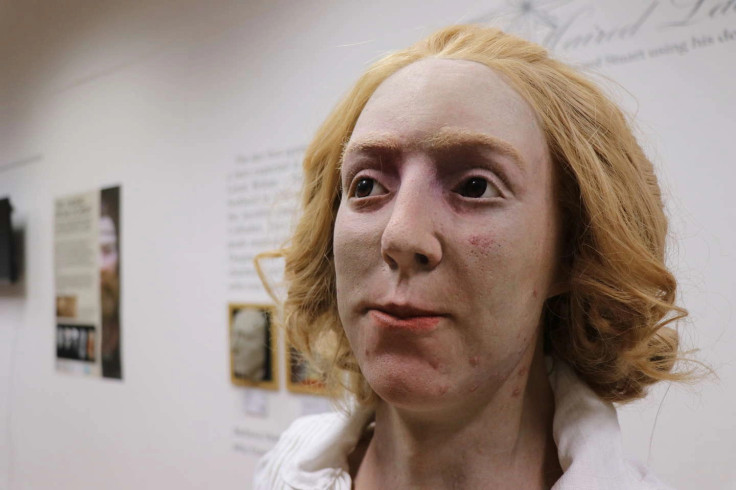University of Dundee recreates Bonnie Prince Charlie's face from death masks
The University of Dundee recreates Bonnie Prince Charlie's face using death masks and advanced software, offering insights into his appearance during the Jacobite uprising.

The renowned visage of Bonnie Prince Charlie, a figure of historical significance and admired for his physical allure, has been painstakingly reconstituted through a precise anatomical process.
Spearheaded by a team at the University of Dundee's Center for Anatomy and Human Identification, this endeavour offers an intricate representation of the prince's appearance during the Jacobite uprising of 1745, shedding light on an era that has captured modern attention due in part to the TV series "Outlander".
Reconstructing the countenance of Prince Charles Edward Stuart, known colloquially as Bonnie Prince Charlie, was achieved through a comprehensive analysis of death masks that had preserved his facial features.
This collaborative effort involved researchers who meticulously photographed and digitally mapped the death masks, enabling the creation of three-dimensional models through advanced software. The primary objective was to reverse the ageing process, offering insight into the prince's appearance during his notable historical moment.
Barbora Veselá, a master's student, was the driving force behind this undertaking. Intrigued by innovative approaches to historical reconstructions, Veselá aimed to capture an authentic portrayal of Bonnie Prince Charlie during the Jacobite rising, a time marked by fervent attempts to restore his father, James Francis Edward Stuart, to the British throne.
Veselá's fascination was further deepened by the knowledge that the prince had suffered a stroke before his passing, infusing the project with an element of age regression.
She claimed: "I wanted to create an image of what he would have looked like during the Jacobite rising. There are death masks of Bonnie Prince Charlie that are accessible, while some are in private collections."
"We also know that he suffered a stroke before he died, so that made the process of age regression even more interesting to me," Veselá further explained.
In 1745, Prince Charles Edward Stuart embarked on a pivotal mission at the age of 24: to reinstate his father, King James III of England and Ireland and VIII of Scotland, to the British throne. Despite initial military victories, the uprising culminated in the Battle of Culloden in April 1746, where government forces defeated the prince's army.
Following the tragic defeat, Bonnie Prince Charlie endured a period of evasion, spending five months as a fugitive before seeking refuge in France. This chapter of his life resonates with a romanticised allure, contributing to the enduring fascination with the prince's legacy.
Upon his demise at the age of 67 in Palazzo Muti, Rome, a cast was created from his face – a practice that was customary for prominent figures of the time. The meticulous restoration process required the study of copies of these death masks, which were housed at institutions including Inverness Museum and Art Gallery and The Hunterian at the University of Glasgow.
Over several months, a composite image was synthesised from these artefacts, culminating in a representation that captures the essence of Bonnie Prince Charlie's appearance.
Barbora Veselá's intricate methodology encompassed the capture of numerous images from the death masks, meticulously processed using photogrammetry software to generate a detailed 3D model. The outcome of her meticulous work is a visage that bears testament to the combination of modern technology and historical artefacts.
"It has been a pleasure to work with these artefacts. The access I have been given has been incredible," she said.
Veselá noted the privilege of engaging with these artefacts and the poignant realisation that they connect us to a living individual from the past. The reconstructions reveal distinctive features of the prince, such as his nose and eyes, encouraging a more profound exploration of his humanity beyond his legendary status.
The fruits of this labour will be prominently displayed in the University of Dundee's annual master's show, offering the public a glimpse into the intricacies of historical reconstruction and the collaborative efforts that breathe life into the past.
© Copyright IBTimes 2025. All rights reserved.






















